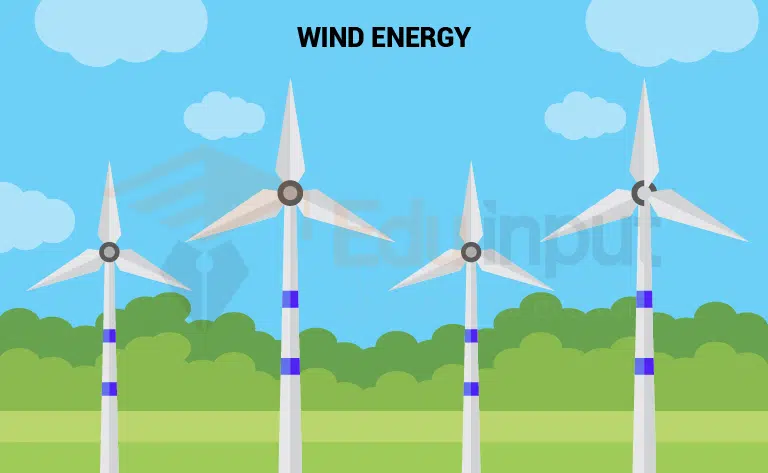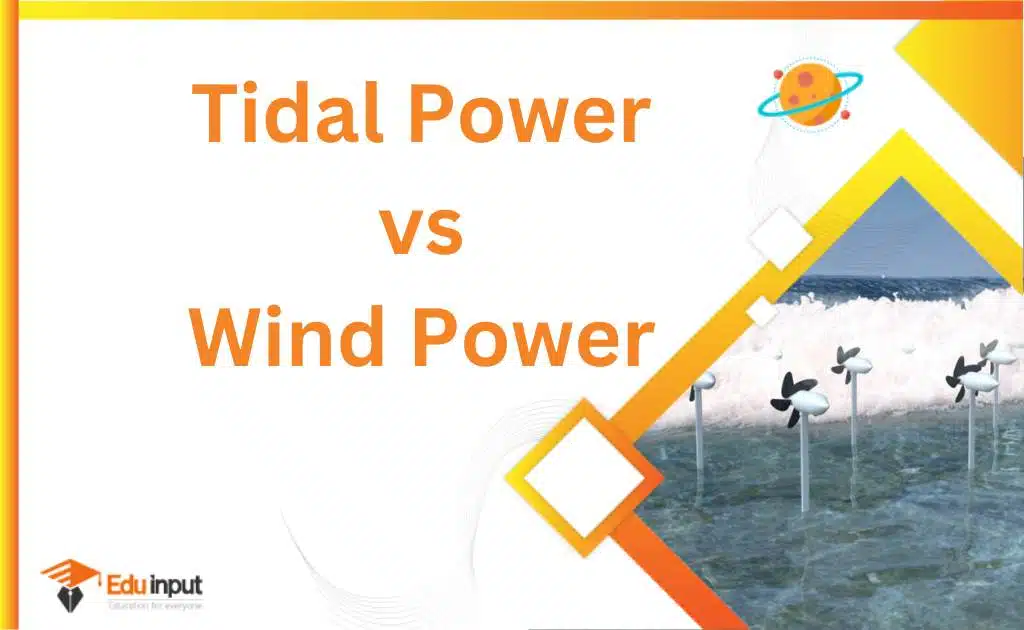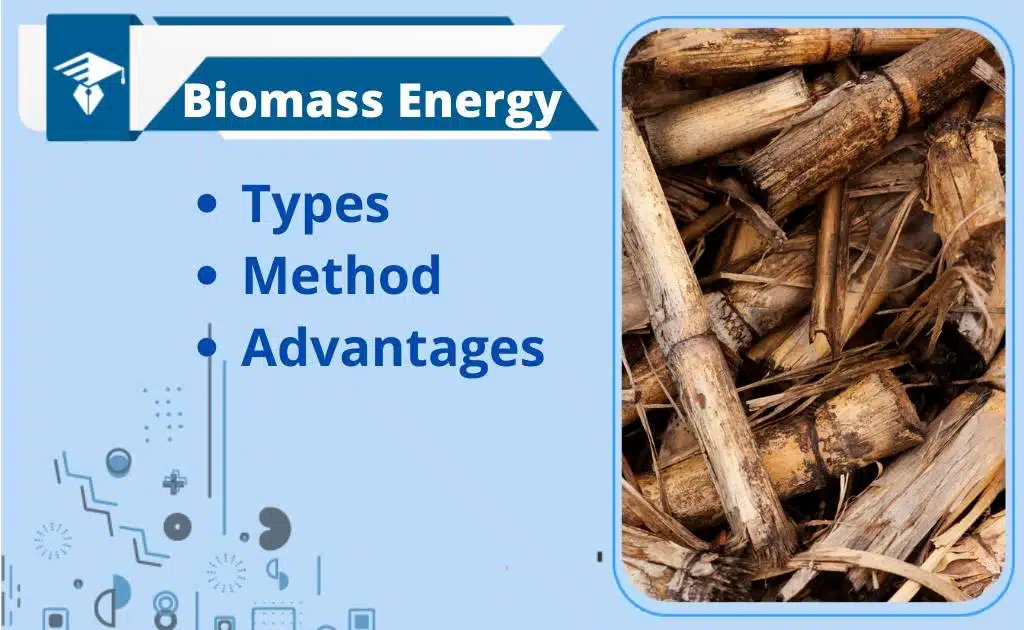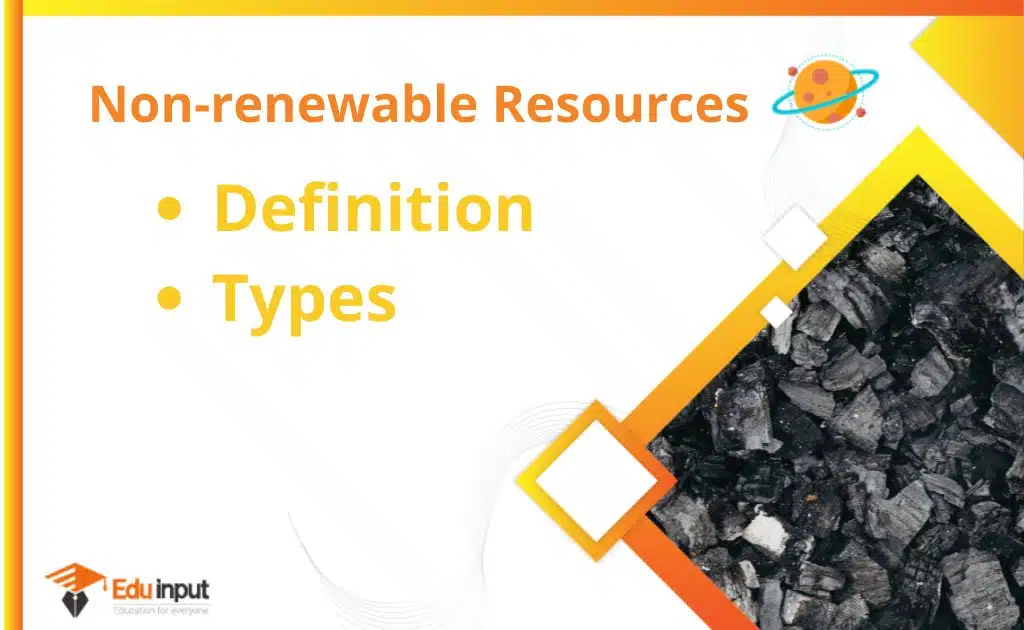Non-Conventional Energy Sources | Types of Non-Conventional Energy Sources
Non-conventional energy sources are the energy sources that are not commonly used. Non-conventional energy sources are very sustainable. These sources have zero carbon emissions.
Non-Conventional Energy Sources
We get power from various sources such as solar energy, wind power, geothermal energy, nuclear energy, etc. All these sources are not only sustainable but also provide good energy to the planet. These are the best sources of energy. So, you can start using these sources to save the earth.
Types of Non-conventional energy sources
There are many types of non-conventional energy sources.
- Solar energy
- Wind power
- Geothermal energy
- Hydroelectricity
- Energy from Biomass
- Nuclear energy
- Tidal energy
Tidal Energy
The gravitational pull of the earth moon and sun cause very high tides on the surface of seawater. The tides raise the water in the sea roughly twice a day.
These tides are trapped in the basin by constructing a dam. The dam is filled at high tide and water is released in a controlled way at low tide to drive the turbine.
Solar Energy
Solar energy is the energy source that is harvested from the sun and used to produce an electric current. The energy is produced by solar panels and stored in the batteries. These panels are very useful to produce electricity in remote places, where there is no access to the electricity grid. The panel can be placed on the roof or any other flat surface.

In fact, solar energy is the best source of energy that is available for us to use. As it is a renewable and eco-friendly source of energy.
Wind power
Wind energy is the process of converting the kinetic energy of the wind into mechanical energy. In this process, the wind is captured by the blades of a wind turbine, which spins a shaft. The rotational force is used to turn the wheel of a generator which produces electricity.

Wind power is one of the most widely used non-conventional energy sources around the world. Wind power is one of the greenest energy sources that have a great impact on the environment.
Geothermal energy
Geothermal energy is the energy that is stored within the earth itself. It is a natural energy that is created from the radioactivity of materials present in the earth’s core. Geothermal energy is used to produce electricity, heating, and cooling. The amount of energy generated by this type of energy is quite substantial and can be used to power homes and industries.
Geothermal energy is a source of energy that has zero carbon emissions.
Hydroelectricity
Hydroelectricity is the electricity that is generated by using the flow of water. Hydroelectricity is an eco-friendly source of energy that is highly sustainable and it is the best alternative to fossil fuels.

Energy from Biomass
Biomass is the plant or animal waste that is converted into energy through the process of burning. Bio-mass is also known as biogas.
Nuclear energy
Nuclear energy is the energy source that comes from the nuclear reaction of uranium nuclei to release energy.
It is also called the energy source of the future. Nuclear energy is created by nuclear fission, which releases large amounts of energy.
What are conventional energy sources?
Conventional energy sources are the energy sources that are mostly used by humans. Conventional energy sources include fossil fuels, like coal, gas, and oil.
Disadvantages of non-conventional energy sources
Although non-conventional energy sources are eco-friendly, it has a number of negative effects. Some of the negative effects of non-conventional energy sources are:
- It is hard to get the energy from the source when it is too far from the source
- It is more expensive







Leave a Reply